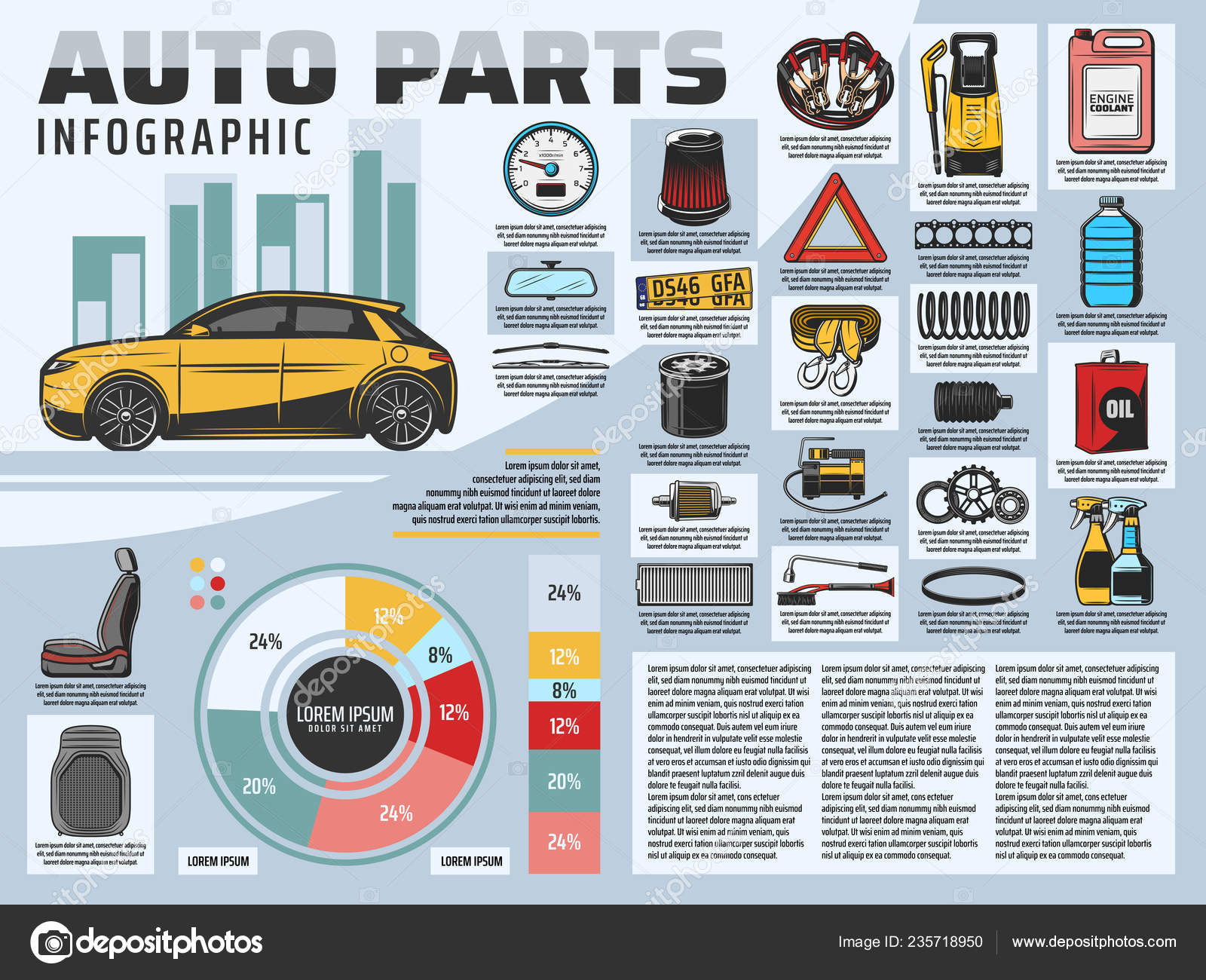Understanding Your Automobile'S Warning Lights: What Do They Truly Mean?
Understanding Your Automobile'S Warning Lights: What Do They Truly Mean?
Blog Article
Personnel Writer-Hartley Stark
When you lag the wheel, those glowing warning lights on your dashboard can be a little bit perplexing. Do you understand what they're attempting to inform you regarding your automobile's health and wellness? Understanding the significance of these lights is essential for your safety and security and the durability of your vehicle. So, the following time one of those lights pops up, wouldn't you want to understand its message accurately and take the required steps to resolve it?
Common Warning Lights and Interpretations
Identify common warning lights in your automobile and comprehend their meanings to make certain secure driving.
The most regular caution lights include the check engine light, which signals concerns with the engine or emissions system. If this light begins, it's vital to have your automobile examined without delay.
The oil stress cautioning light suggests reduced oil pressure, calling for prompt attention to prevent engine damage.
A flashing battery light might suggest a faulty charging system, potentially leaving you stranded if not attended to.
The tire pressure tracking system (TPMS) light alerts you to reduced tire pressure, influencing lorry security and fuel effectiveness. Disregarding this might bring about risky driving problems.
The abdominal muscle light shows a trouble with the anti-lock stopping system, endangering your capacity to stop quickly in emergency situations.
Lastly, the coolant temperature advising light warns of engine getting too hot, which can lead to serious damages if not resolved promptly.
Comprehending these common warning lights will aid you address problems immediately and preserve secure driving conditions.
Significance of Prompt Interest
Recognizing the common warning lights in your vehicle is only the very first step; the relevance of quickly resolving these cautions can not be emphasized sufficient to ensure your safety when traveling.
When a caution light illuminates on your dashboard, it's your automobile's way of interacting a prospective concern that requires attention. Disregarding these warnings can bring about a lot more severe troubles later on, endangering your safety and security and potentially costing you a lot more in repairs.
Trigger focus to advising lights can stop malfunctions and crashes. As an example, a blinking check engine light might show a misfire that, if left unattended, might create damage to the catalytic converter. Resolving this quickly can save you from a pricey fixing.
Likewise, a brake system warning light might indicate reduced brake liquid or used brake pads, crucial parts for your security when driving.
DIY Troubleshooting Tips
If you notice a warning light on your control panel, there are a couple of DIY troubleshooting suggestions you can try prior to looking for specialist aid.
The initial step is to consult your automobile's guidebook to recognize what the details warning light indicates. Sometimes https://oilchangeplaces63840.ttblogs.com/9514686/get-ready-to-boost-your-cars-and-truck-s-appearance-in-less-than-an-hour-with-straightforward-suggestions-that-will-certainly-leave-you-amazed-your-quick-cars-and-truck-detailing-service-is-simply-around-the-bend can be as simple as a loose gas cap triggering the check engine light. Tightening the gas cap may resolve the problem.
visit the following webpage is a reduced battery, which can trigger different alerting lights. Inspecting the battery links for deterioration and ensuring they're secure could take care of the problem.
If a caution light persists, you can try resetting it by separating the vehicle's battery for a few minutes and after that reconnecting it. In addition, inspecting your lorry's liquid degrees, such as oil, coolant, and brake liquid, can assist troubleshoot warning lights related to these systems.
Final thought
In conclusion, recognizing your automobile's caution lights is crucial for keeping your car running efficiently and securely. By without delay dealing with these informs and understanding what they suggest, you can prevent expensive repair services and prospective break downs.
Keep in mind to consult your auto's manual for certain information on each cautioning light and do something about it accordingly to make certain a trouble-free driving experience.
Stay notified, remain secure on the road!
